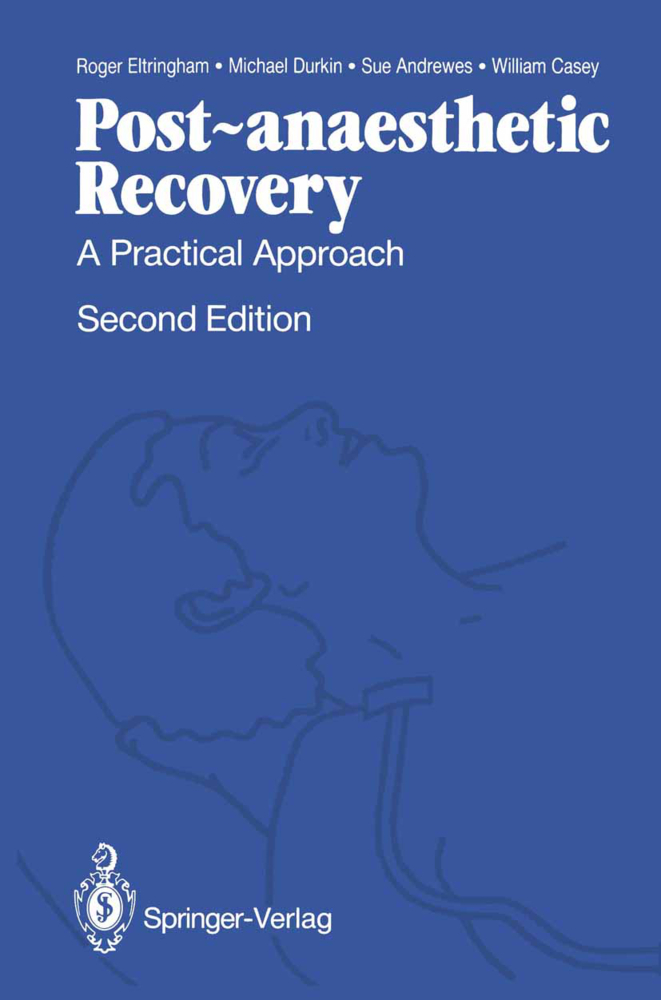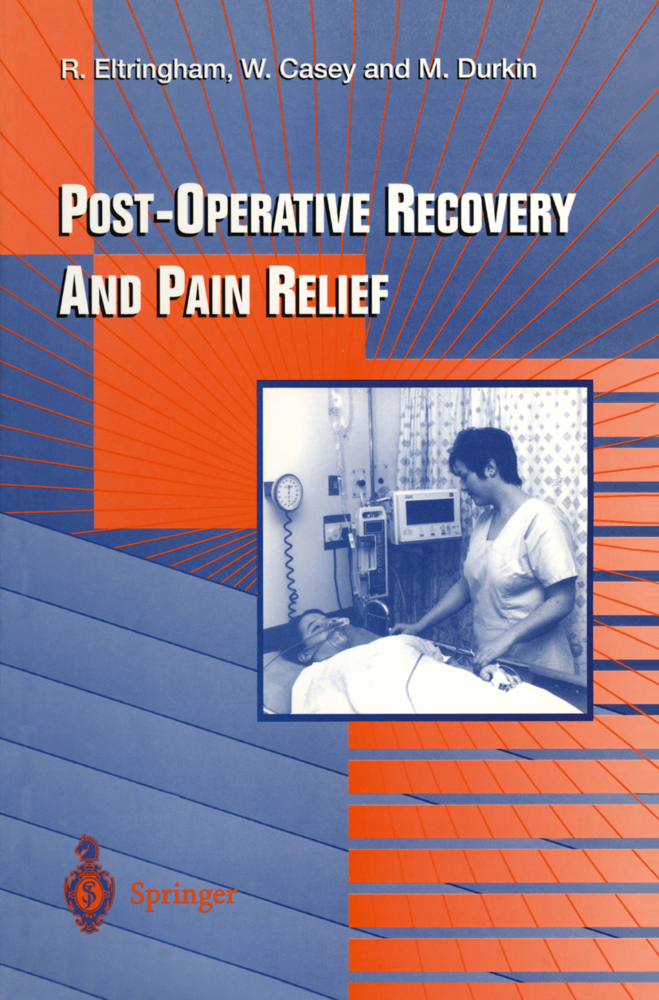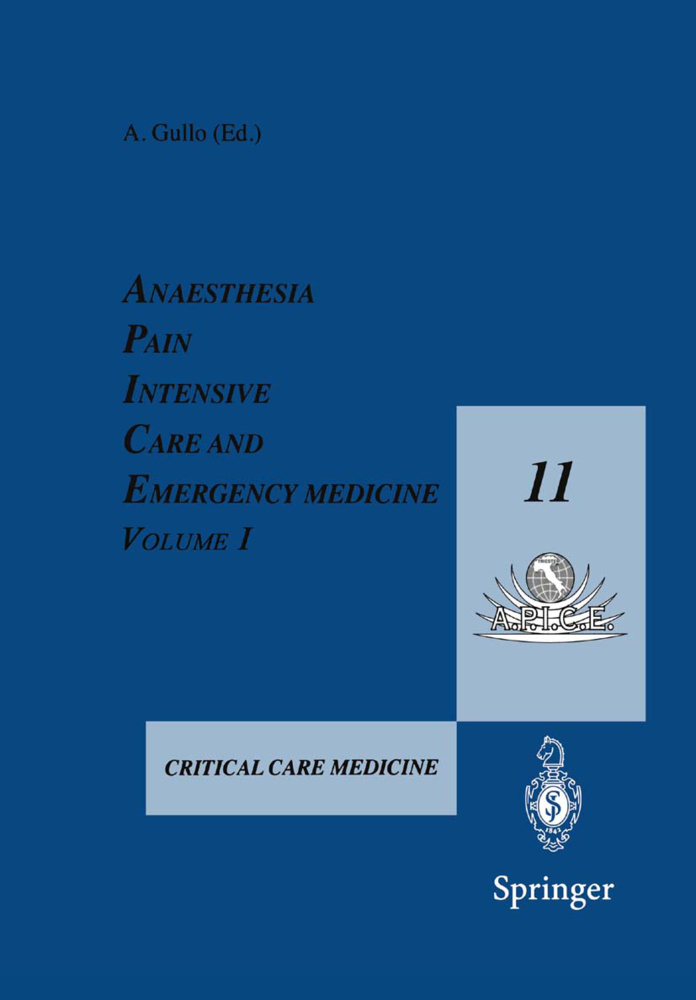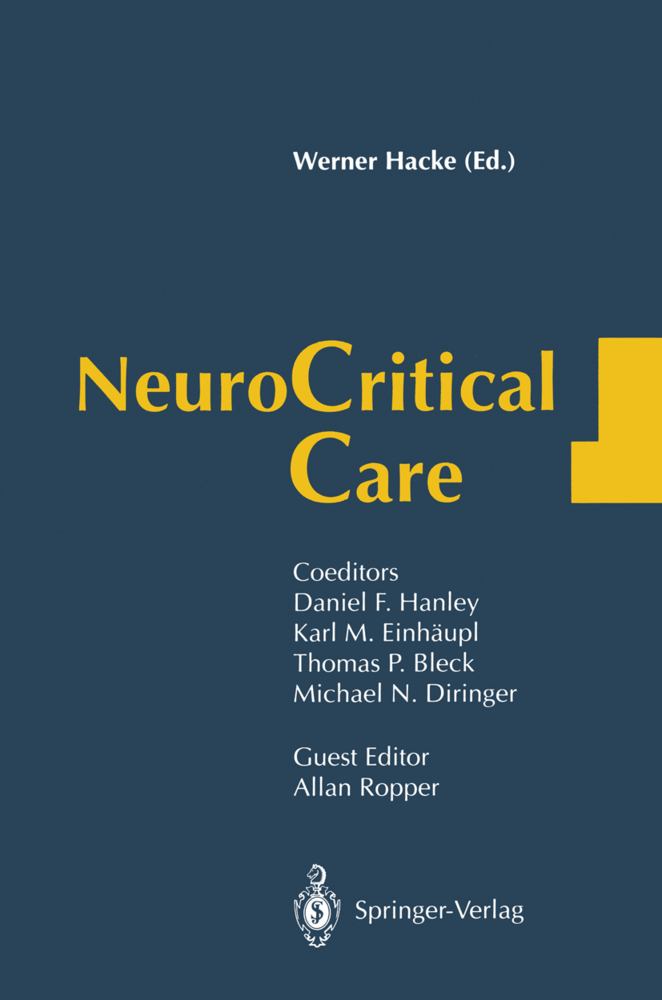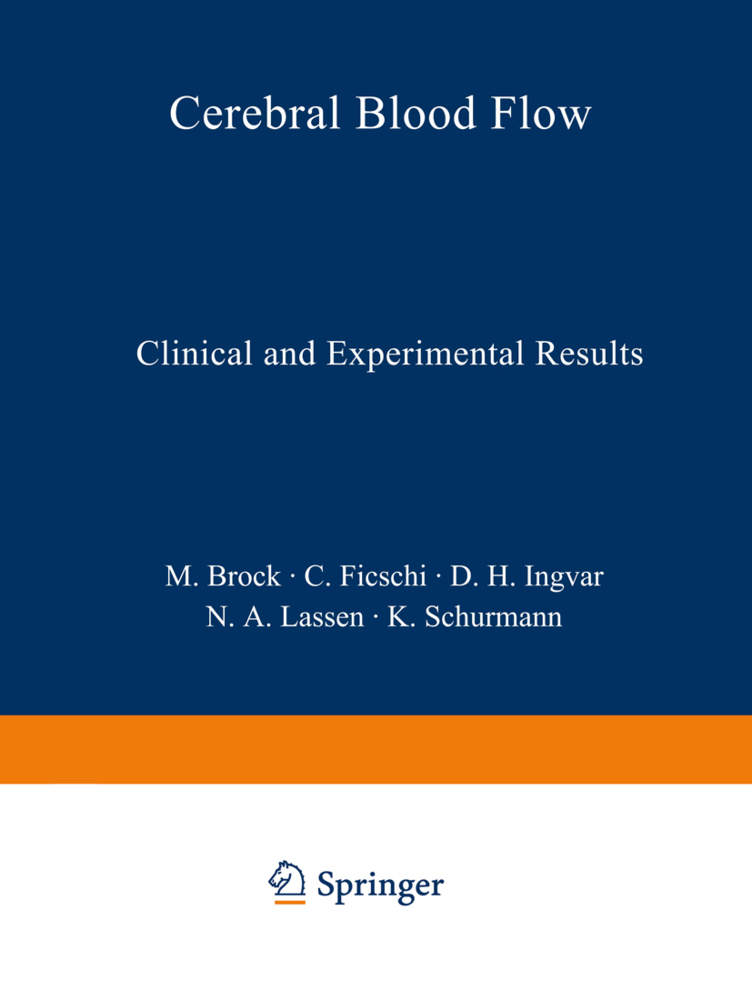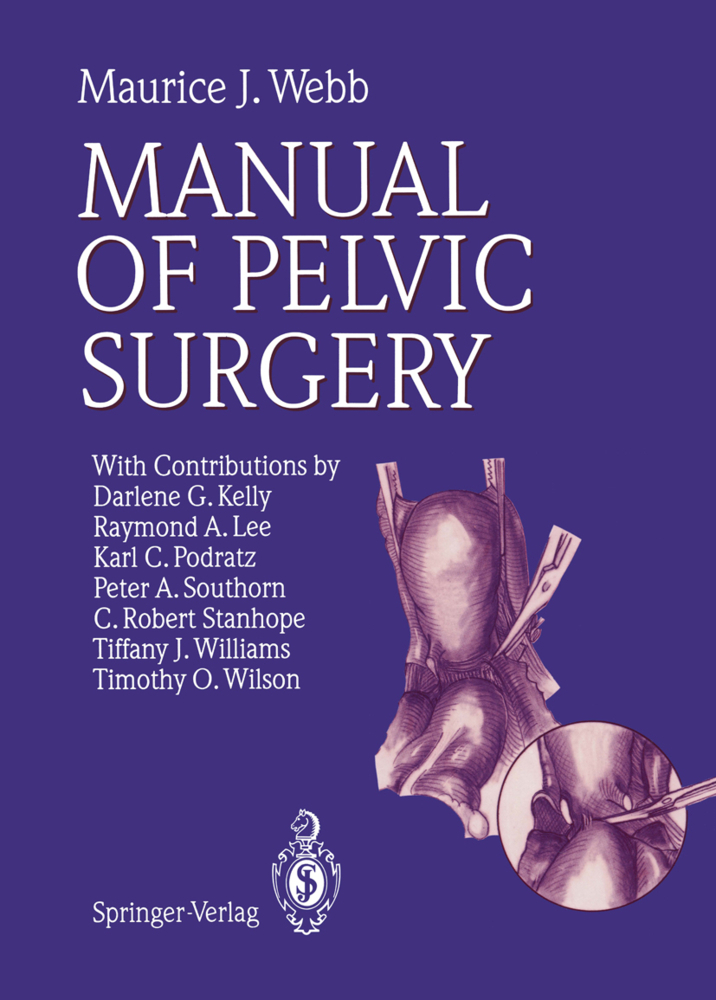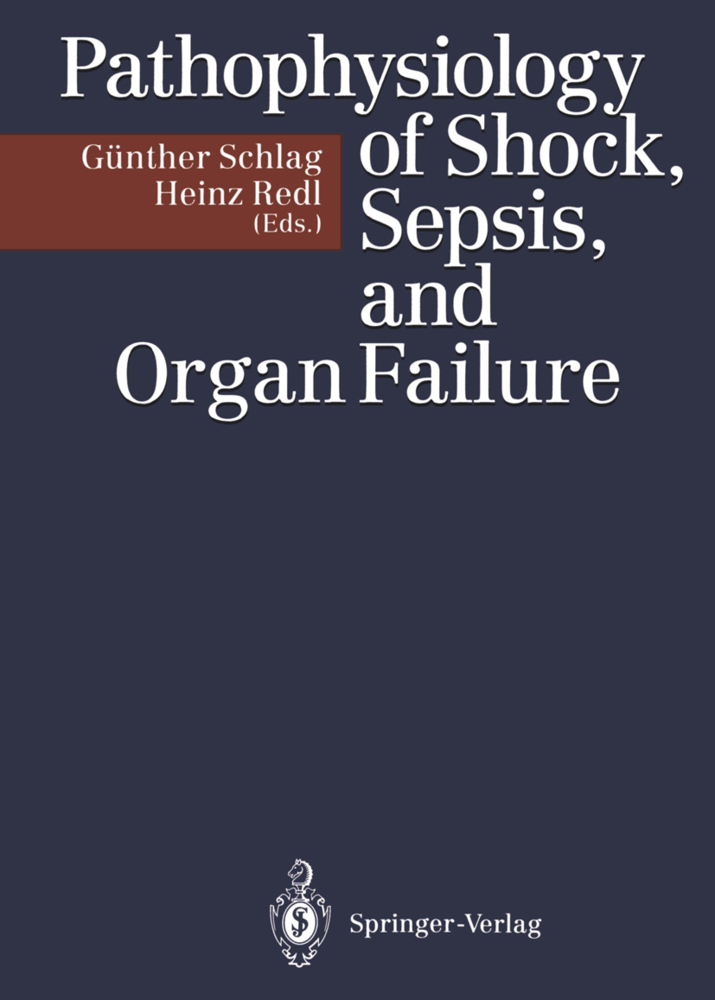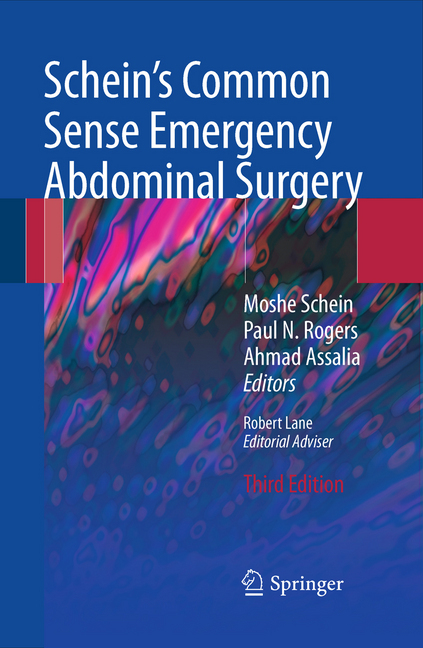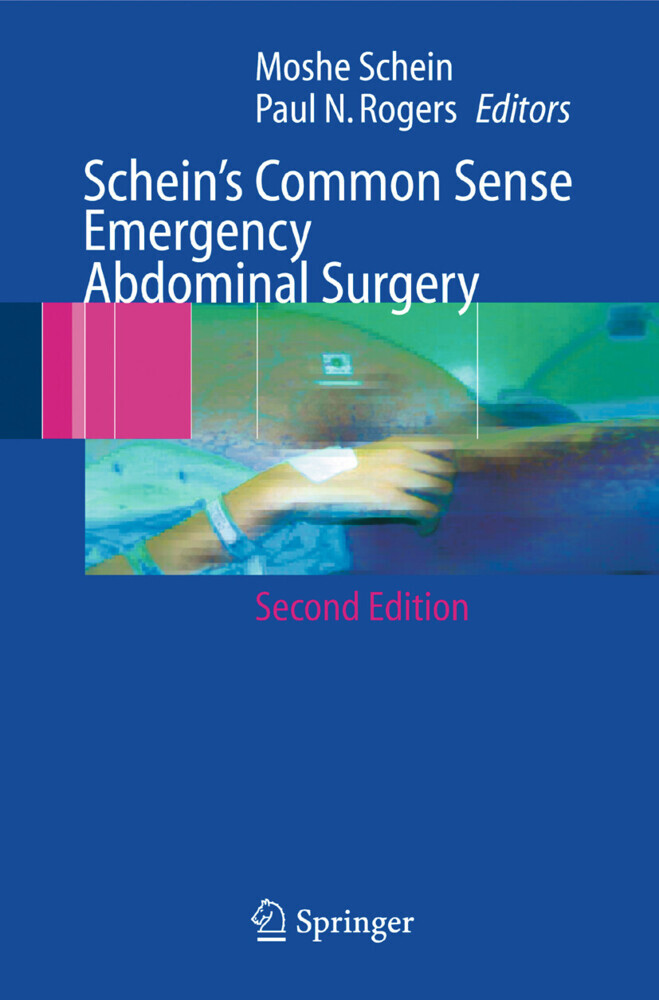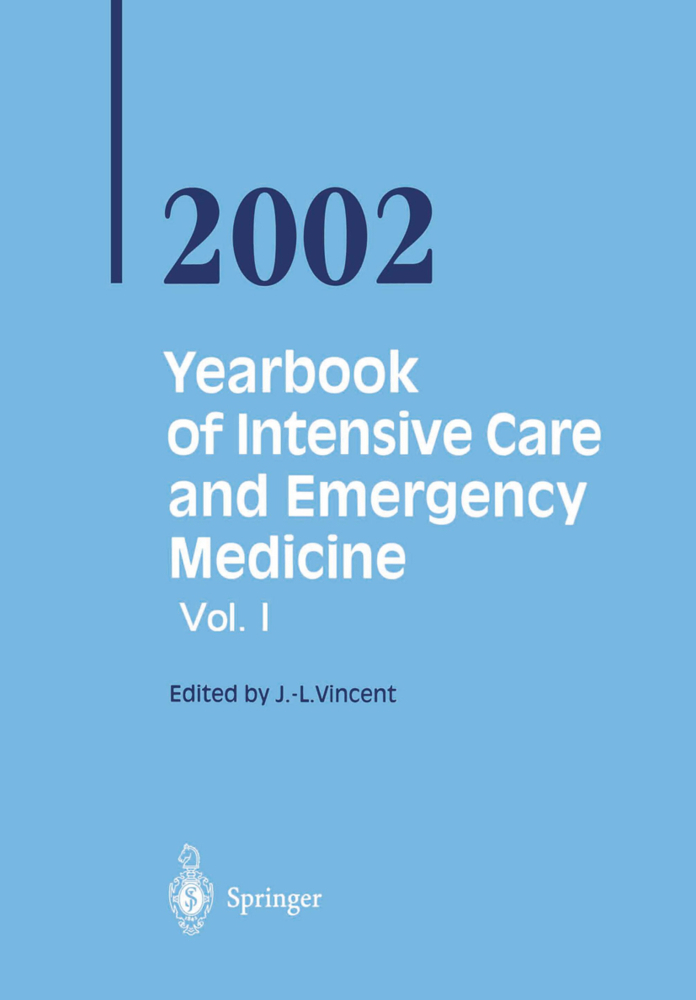Post-anaesthetic Recovery
A Practical Approach. Forew. by Luke M. Kitahata
Post-anaesthetic Recovery
A Practical Approach. Forew. by Luke M. Kitahata
Developments in surgery have enabled more ambitious operations to be attempted than ever before, while similar advances in anaesthesia and monitoring have meant that many patients who were previously considered unfit now undergo surgery. It is essential that standards of patient care during surgery are continued post-operatively until the depressant effects of anaesthesia have worn off and it is safe for patients to return to the wards or to their homes. The importance of adequate supervision by well-trained nurs ing staff in properly equipped surroundings has been recognised by the introduction of recovery rooms in most hospitals. Despite this, many patients still emerge from anaesthesia in wards or departments where they are supervised by inexperienced nursing staff in unfamiliar surroundings. Recovery from anaesthesia may be accompanied by a variety of dangerous and potentially fatal complications, many of which can be avoided by the detection of early warning signs and the institution of appropriate therapy before an irreversible situation is allowed to develop. This book describes the major complications liable to be encountered and suggests how they may be avoided by careful monitoring, vigilant nursing and sound organisation. The patient's behaviour at recovery is influenced by his pre-operative condition, by drug therapy pre- and intra-operatively and by the nature of the surgery, and sections have been devoted to these aspects since a basic understanding of them is essential in anticipating events in the recovery room.
Site
Design
Equipment
Safety
Staffing
Policies of a Recovery Unit
Further Reading
2. Normal Recovery
Physiology of the Elimination of Anaesthetic Gases
Progress of Normal Recovery
Care Plan Nursing
Reception of the Patient
Basic Nursing Position and Safety
Routine Observations
Assessment of Colour
Assessment of Respiratory Function
Assessment of Cardiovascular Function
Assessment of Level of Consciousness
Recognition of Blood Loss
Maintenance of the Airway
Insertion of Oropharyngeal Airway
Insertion of Nasopharyngeal Airway
Suction of Upper Airway
Care of the Intubated Patient
The Ventilated Patient
Oxygen Therapy
Administration of Oxygen
Maintenance of Fluid Balance
Intravenous Infusion Drip Rates
Intravenous Fluid Therapy
Intravenous Infusions
Intravenous Injections
Blood Transfusion
Drainage Systems
Record Keeping and Charting
Criteria for Discharge
Transfer of Patient to Ward Staff
Further Reading
3. Pain Relief and Local Anaesthesia
Methods of Pain Relief
Local Anaesthetic Techniques
Specific Local Anaesthetic Blocks
Patient Management in the Recovery Unit
Further Reading
4. Complications
Respiratory Complications
Upper Airway Obstruction
Inadequate Ventilation (Hypoventilation)
Hypoxaemia
Bronchospasm
Aspiration of Gastric Contents
Pneumothorax and Haemothorax
Tension Pneumothorax
Cardiovascular Complications
Hypotension
Hypertension
Bradycardia
Tachycardia
Dysrhythmias
Cardiac Arrest
Miscellaneous Complications
Delayed Return of Consciousness
Restlessness, Excitement and Delirium
Nausea and Vomiting
Shivering
Convulsions
Hypothermia
Hyperthermia
Blood transfusion Reactions
ProblemsAssociated with Massive Blood Transfusion
Failure of Coagulation
Oliguria
Further Reading
5. Recovery in Different Branches of Surgery
Emergency Surgery
Gastroenterology
Orthopaedic Surgery
Obstetrics and Gynaecology
Ear, Nose and Throat Surgery
Thyroid Surgery
Dental and Faciomaxillary Surgery
Ophthalmic Surgery
Neurosurgery
Thoracic Surgery
Vascular Surgery
Genito-urinary Surgery
Paediatric Surgery
Further Reading
6. Pre-existing Factors Affecting Recovery
Premedication
Anaesthetic Technique
Pre-operative Drug Therapy
Respiratory Disease
Cardiovascular Disease
Neuromuscular Disease
Liver Disease
Renal Disease
Endocrine Disorders
Thyroid Disease
Haematological Disease
Musculoskeletal Disease
Geriatric Patients
Pregnancy
Malnourishment
Obesity
Further Reading
7. Recovery and Day Surgery
Patient Selection
Procedures Suitable for Day Surgery
Documentation
Anaesthetic Techniques
Recovery from Anaesthesia
Discharge from the Day Unit
Post-anaesthetic Complications
Further Reading
8. Monitoring
ASA Classification
Routine Monitoring
Respiratory System
Cardiovascular System
Metabolic Systems
Neurological System
Specific Monitors
Further Reading
Appendix A. Drugs Commonly Used in a Recovery Room
Appendix B. Translations of Standard Recovery Phrases.
1. Organisation
Role of the Recovery RoomSite
Design
Equipment
Safety
Staffing
Policies of a Recovery Unit
Further Reading
2. Normal Recovery
Physiology of the Elimination of Anaesthetic Gases
Progress of Normal Recovery
Care Plan Nursing
Reception of the Patient
Basic Nursing Position and Safety
Routine Observations
Assessment of Colour
Assessment of Respiratory Function
Assessment of Cardiovascular Function
Assessment of Level of Consciousness
Recognition of Blood Loss
Maintenance of the Airway
Insertion of Oropharyngeal Airway
Insertion of Nasopharyngeal Airway
Suction of Upper Airway
Care of the Intubated Patient
The Ventilated Patient
Oxygen Therapy
Administration of Oxygen
Maintenance of Fluid Balance
Intravenous Infusion Drip Rates
Intravenous Fluid Therapy
Intravenous Infusions
Intravenous Injections
Blood Transfusion
Drainage Systems
Record Keeping and Charting
Criteria for Discharge
Transfer of Patient to Ward Staff
Further Reading
3. Pain Relief and Local Anaesthesia
Methods of Pain Relief
Local Anaesthetic Techniques
Specific Local Anaesthetic Blocks
Patient Management in the Recovery Unit
Further Reading
4. Complications
Respiratory Complications
Upper Airway Obstruction
Inadequate Ventilation (Hypoventilation)
Hypoxaemia
Bronchospasm
Aspiration of Gastric Contents
Pneumothorax and Haemothorax
Tension Pneumothorax
Cardiovascular Complications
Hypotension
Hypertension
Bradycardia
Tachycardia
Dysrhythmias
Cardiac Arrest
Miscellaneous Complications
Delayed Return of Consciousness
Restlessness, Excitement and Delirium
Nausea and Vomiting
Shivering
Convulsions
Hypothermia
Hyperthermia
Blood transfusion Reactions
ProblemsAssociated with Massive Blood Transfusion
Failure of Coagulation
Oliguria
Further Reading
5. Recovery in Different Branches of Surgery
Emergency Surgery
Gastroenterology
Orthopaedic Surgery
Obstetrics and Gynaecology
Ear, Nose and Throat Surgery
Thyroid Surgery
Dental and Faciomaxillary Surgery
Ophthalmic Surgery
Neurosurgery
Thoracic Surgery
Vascular Surgery
Genito-urinary Surgery
Paediatric Surgery
Further Reading
6. Pre-existing Factors Affecting Recovery
Premedication
Anaesthetic Technique
Pre-operative Drug Therapy
Respiratory Disease
Cardiovascular Disease
Neuromuscular Disease
Liver Disease
Renal Disease
Endocrine Disorders
Thyroid Disease
Haematological Disease
Musculoskeletal Disease
Geriatric Patients
Pregnancy
Malnourishment
Obesity
Further Reading
7. Recovery and Day Surgery
Patient Selection
Procedures Suitable for Day Surgery
Documentation
Anaesthetic Techniques
Recovery from Anaesthesia
Discharge from the Day Unit
Post-anaesthetic Complications
Further Reading
8. Monitoring
ASA Classification
Routine Monitoring
Respiratory System
Cardiovascular System
Metabolic Systems
Neurological System
Specific Monitors
Further Reading
Appendix A. Drugs Commonly Used in a Recovery Room
Appendix B. Translations of Standard Recovery Phrases.
Andrewes, Sue
Durkin, Michael
Eltringham, Roger
| ISBN | 9783540195559 |
|---|---|
| Artikelnummer | 9783540195559 |
| Medientyp | Buch |
| Auflage | 2. Aufl. |
| Copyrightjahr | 1989 |
| Verlag | Springer, Berlin |
| Umfang | 193 Seiten |
| Abbildungen | XVIII, 193 p. 7 illus. |
| Sprache | Englisch |

